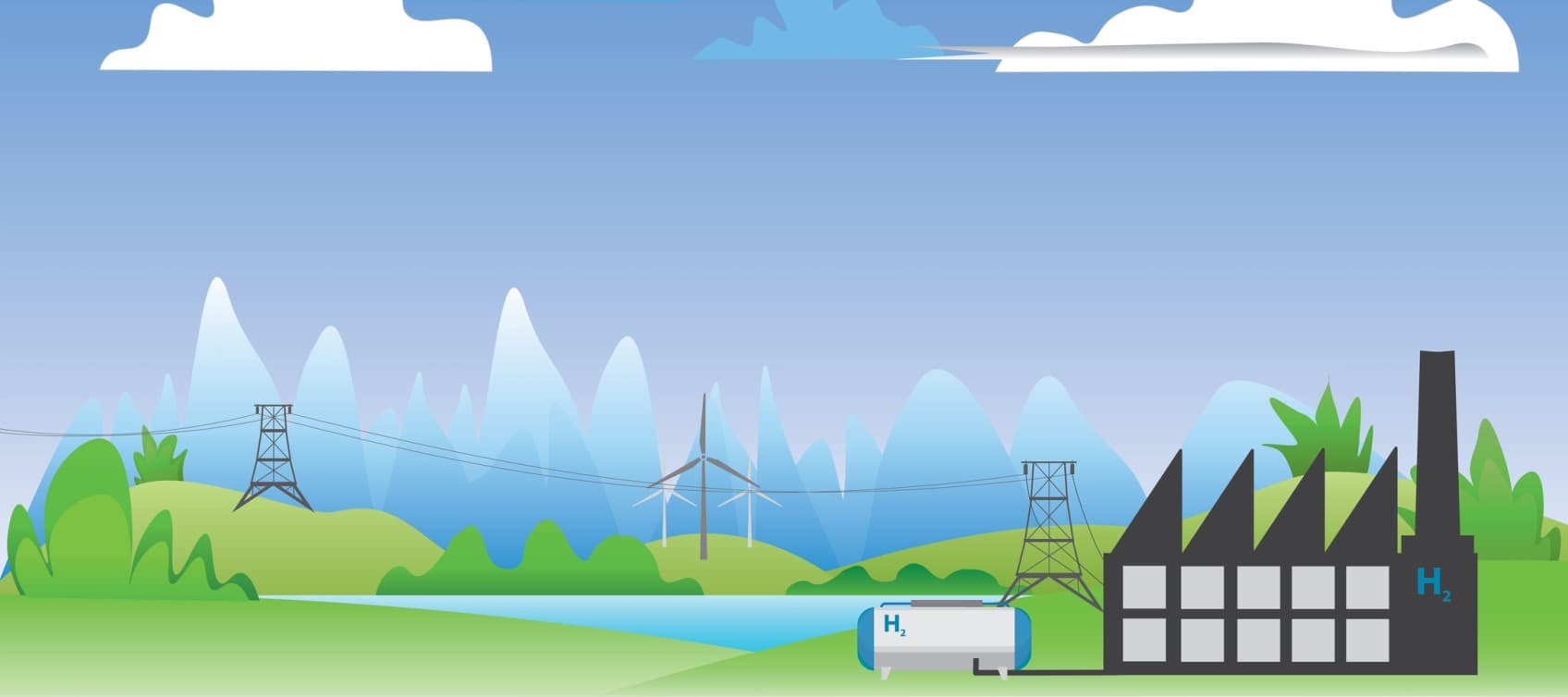Tackling New Zealand’s greenhouse gas emissions is a team effort – everyone has a part to play. Households, businesses and government must find ways to reduce emissions so we can reach net zero carbon by 2050.
Here in Aotearoa New Zealand, our top source of CO2 emissions is transport, which contributes around 38% of gross carbon dioxide emissions. There’s a lot of action being taken to reduce this number, not only with EVs, but also hydrogen fuelled heavy-duty vehicles and other innovative transport solutions.
But how much is being done to address our second-largest source of CO2 emissions? Manufacturing industries are responsible for 19.1% of gross carbon dioxide emissions, and the sector can be difficult to decarbonise. Industrial processing is one area where hydrogen can be a solution.
Green hydrogen could transform hard-to-decarbonise industries
‘Process heat’ is often used in manufacturing. It is typically steam, hot water or hot gasses, produced in an industrial setting and used for heating and processing materials. Process heat alone contributes 8% of our gross emissions, and at least half of process heat is created using fossil fuels like natural gas or coal.
It is difficult or impossible to decarbonise process heat through electricity alone. Hydrogen could, in the future, provide high-grade heat at over 300oC, a possible solution for applications like cement manufacturing, glassmaking and steelmaking.
Hydrogen could be a cost-effective and energy-dense replacement in the steel industry, with the potential to cut its emissions by 20% globally by 2030, according to a McKinsey report.
A team of researchers at Victoria University are working on hydrogen-ironmaking technology to decarbonise our steel- and ironmaking industries. Dr Chris Bumby and his team have built a fluidised-bed reactor, which uses New Zealand irons and hydrogen gas at temperatures up to 1000oC. This can produce high-purity green iron.
There is “strong potential” for green hydrogen to reduce emissions in the methanol and ammonia production industries in New Zealand, say the authors of MBIE’s recent Gas Transition Plan Issues Paper. Green hydrogen is already in production here, they add, and it looks to be an option for decarbonising these processes.
Green hydrogen could soon be a trillion-dollar market
Green hydrogen is forecast to be cost competitive within a decade, supporting around two million jobs each year, globally, between 2030 and 2050, according to a recent Deloitte report. By 2050, the global market could be worth US$1.4 trillion per year, but it will take considerable investment and global government cooperation to achieve the level of production required.
Green hydrogen could deliver 85 gigatons in reduced CO2 emissions, and help the world reach its climate change targets. It will take 360 million tonnes of green hydrogen each year, according to the International Energy Agency. It will take a global effort to produce all that hydrogen, but some enormous projects are already underway.
There are more than 1,000 projects, worth around $320 billion in direct investment, and around half are focused on large-scale industrial applications, according to the Hydrogen Council. Hiringa Energy’s recently launched hydrogen refuelling station network is powered by clean, renewable energy and equipped with state-of-the-art technology, enabling hydrogen-powered heavy transport vehicles such as trucks and buses to refuel with green hydrogen in 10 to 20 minutes.

Picture from Hiringa Energy's website.
Here at Clarus, we’re part of the push toward hydrogen to decarbonise heavy industry and long-distance transport. We’re working on delivering a Hydrogen Blend Pilot to inject hydrogen into the Firstgas pipeline network and we are looking at hydrogen storage options. All these efforts are working towards decarbonising energy across Aotearoa New Zealand.
For more on how we’re moving toward a low emissions future, visit clarus.co.nz/future-of-energy





